Home>Garden Essentials>Landscaping Ideas For Areas Where Grass Won’t Grow
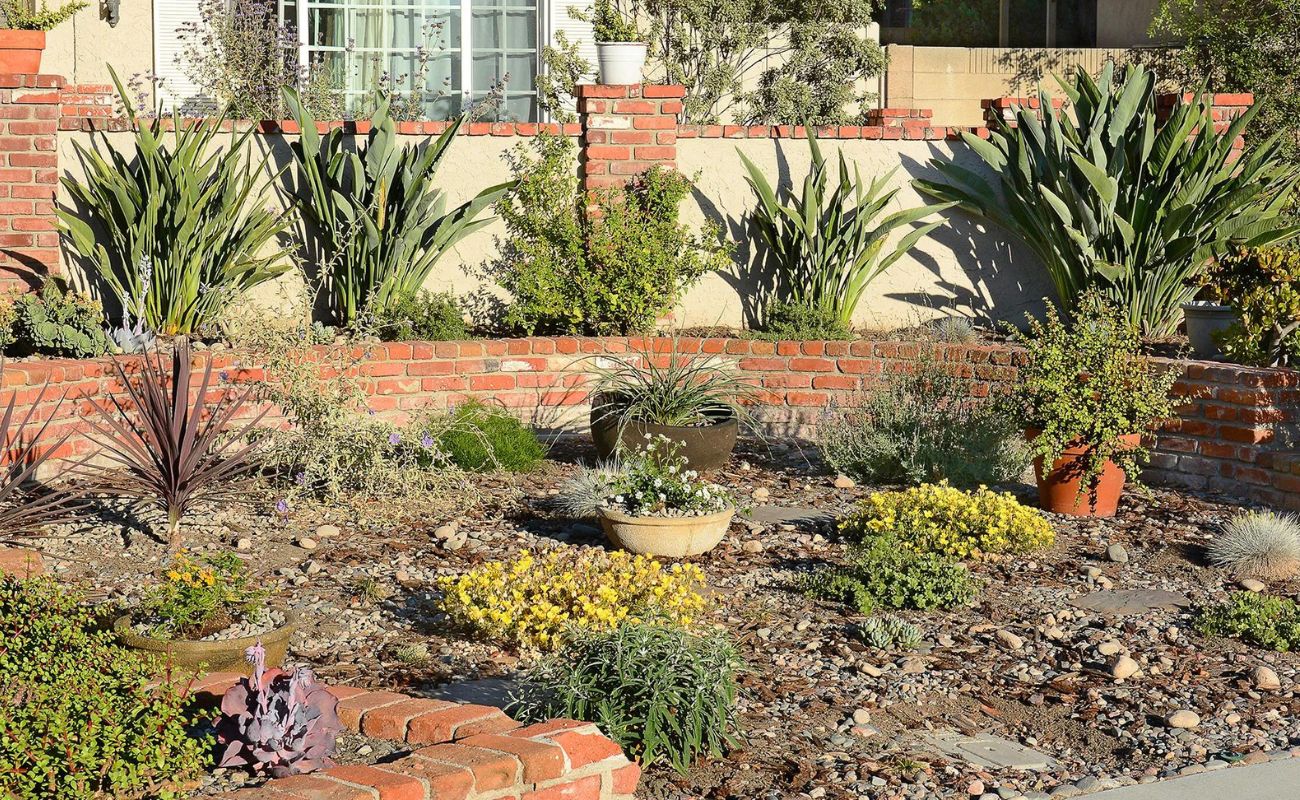

Garden Essentials
Landscaping Ideas For Areas Where Grass Won’t Grow
Modified: October 18, 2024
Discover creative landscaping ideas for transforming areas where grass won't grow into stunning garden spaces. Unleash the beauty of your outdoor space with our expert tips and inspiration.
(Many of the links in this article redirect to a specific reviewed product. Your purchase of these products through affiliate links helps to generate commission for Storables.com, at no extra cost. Learn more)
Introduction
Having a lush green lawn is often the ideal when it comes to landscaping, but there are certain areas where grass may struggle to grow. Factors such as poor soil quality, excessive shade, or high foot traffic can make it difficult for grass to thrive. However, just because you can’t have a traditional lawn doesn’t mean you can’t have a beautiful and functional outdoor space.
In this article, we will explore various landscaping ideas for areas where grass won’t grow. Whether you’re dealing with a small patch of bare ground or an entire yard, there are plenty of alternatives that can enhance the aesthetic appeal of your outdoor space and create a vibrant and inviting atmosphere.
By considering factors such as sunlight exposure, drainage, and your personal preferences, you can choose an option that not only solves the problem of grass growth but also adds value to your property and provides a space for relaxation and enjoyment.
So let’s dive in and discover some creative and practical solutions to transform those troublesome areas into beautiful and functional parts of your landscape.
Key Takeaways:
- Embrace alternative landscaping ideas like groundcover plants, pavers, and rock gardens to transform areas where grass won’t grow into beautiful, low-maintenance outdoor spaces that reflect your style and enhance enjoyment.
- Consider xeriscaping with drought-tolerant plants or implementing a vegetable/herb garden to create sustainable, vibrant landscapes in areas where grass struggles to grow. These alternatives provide beauty, functionality, and connection with nature.
Factors Affecting Grass Growth
Before exploring alternative landscaping ideas, it’s important to understand the factors that may be hindering grass growth in the first place. By identifying and addressing these issues, you can create a more conducive environment for plants to thrive.
One common factor that affects grass growth is soil quality. If the soil lacks essential nutrients or has a pH level that is unfavorable for grass, it can hinder its healthy development. Conducting a soil test can help determine the nutrient levels and pH of the soil, allowing you to take appropriate measures, such as adding amendments or fertilizers, to improve its quality.
Another crucial factor is sunlight exposure. Grass typically requires at least 4 to 6 hours of direct sunlight per day to grow vigorously. If the area you’re dealing with is heavily shaded due to nearby trees or buildings, it may not be feasible to grow grass. In such cases, it’s important to consider alternative options that thrive in shade, such as shade-tolerant plants or groundcovers.
High foot traffic is also a significant factor that can lead to bare patches in a lawn. Areas that are frequently walked upon can become compacted, making it difficult for grass to establish and grow. In these high-traffic areas, it’s important to choose grass varieties that are specifically designed to withstand foot traffic or consider alternative options like pavers, stepping stones, or pathways.
Lastly, poor drainage can be a major hindrance to grass growth. Excessive water pooling in certain areas can drown the grass roots, leading to brown spots or even the death of the grass. Improving drainage by amending the soil or installing drainage systems can help rectify this issue and create a healthier growing environment.
By understanding and addressing these factors, you can pave the way for successful grass growth or opt for alternative landscaping ideas that are better suited for your specific conditions. Keep in mind that the best solution may vary depending on the unique characteristics of your space, so it’s worth taking the time to assess and evaluate before moving forward.
Choosing Alternatives to Grass
When grass won’t grow, it’s time to explore alternative landscaping options that can provide beauty and functionality to your outdoor space. By selecting the right alternatives, you can create a visually appealing landscape that requires less maintenance and is better suited to the specific conditions of the area.
One popular choice for replacing grass is the use of groundcover plants. Groundcovers are low-growing plants that spread and form a dense cover over the ground. They come in various colors and textures, providing an attractive alternative to grass. Some popular options include Creeping Thyme, Ajuga, and Vinca Minor. Groundcovers are not only aesthetically pleasing, but they also help suppress weeds and conserve soil moisture.
If you’re looking for a more modern and low-maintenance option, consider using pavers or artificial turf. Pavers come in different shapes, sizes, and materials, allowing you to create unique patterns and designs. They provide a durable and stable surface that can withstand heavy foot traffic. Artificial turf, on the other hand, provides the look and feel of real grass without the need for mowing, watering, or fertilizing. It’s an excellent choice for areas where natural grass struggles to grow due to shade, poor soil conditions, or high foot traffic.
Rock gardens are another fantastic alternative to grass. By incorporating different sizes, shapes, and colors of rocks, you can create a visually striking and low-maintenance landscape. The rocks can be arranged to create pathways, borders, or even raised beds for planting drought-tolerant plants like succulents and cacti. Rock gardens not only add texture and interest to the landscape but also help conserve water.
If you’re interested in conserving water and creating a sustainable landscape, xeriscaping is an excellent option. Xeriscaping involves the use of drought-tolerant plants, mulch, and efficient irrigation systems to minimize water usage. By selecting plants that are native to your region or well-suited to the local climate, you can create a beautiful landscape that requires minimal irrigation. Incorporating mulch around plants also helps retain soil moisture and suppress weeds.
When choosing alternatives to grass, consider factors such as maintenance requirements, water usage, aesthetic appeal, and functionality. Each option has its own advantages and considerations, so take the time to research and determine which alternative best suits your needs and preferences. Remember, the goal is to create a beautiful and functional outdoor space that enhances your enjoyment and adds value to your property.
Xeriscaping: Landscaping with Drought-Tolerant Plants
If you live in an area with water scarcity or frequent droughts, xeriscaping is an excellent landscaping technique to consider. Xeriscaping involves designing and maintaining a landscape that requires minimal water usage while still providing beauty and functionality. One of the key components of xeriscaping is the use of drought-tolerant plants, which can thrive in low-water conditions.
When selecting plants for xeriscaping, it’s important to choose species that are well-adapted to your local climate and soil conditions. Native plants are often a great choice as they have evolved to thrive in the specific region. These plants have adapted to the local rainfall patterns, temperature fluctuations, and soil qualities, making them naturally resilient to drought conditions.
Some examples of drought-tolerant plants suitable for xeriscaping include succulents, such as agave and sedum, which have fleshy leaves that store water. They come in a variety of shapes, sizes, and colors, adding a unique texture and visual interest to your landscape. Additionally, ornamental grasses like fescue, buffalo grass, or blue grama grass are excellent choices for their ability to withstand drought and add movement to the landscape.
Incorporating Mediterranean plants like lavender, rosemary, and sage not only adds fragrance to your garden but also requires minimal watering. These plants are accustomed to the dry conditions of Mediterranean climates and can thrive with very little water once established.
When planting drought-tolerant plants, it’s crucial to consider proper spacing and group plants with similar watering needs together. This ensures efficient water usage and prevents overwatering or underwatering. Mulching around the plants helps retain soil moisture and suppresses the growth of weeds. Organic mulches, such as wood chips or shredded bark, also enrich the soil as they break down over time.
Implementing efficient irrigation systems like drip irrigation or soaker hoses can further reduce water usage. These systems deliver water directly to the root zone of plants, minimizing evaporation and runoff. They can be controlled by timers or moisture sensors, allowing for precise and efficient watering.
Xeriscaping not only conserves water but also reduces the need for fertilizers and pesticides. The selection of native or well-adapted plants often requires minimal chemical inputs, promoting a healthy and sustainable landscape. Additionally, the minimal maintenance required for xeriscaping saves both time and money.
By embracing xeriscaping and utilizing drought-tolerant plants, you can create a beautiful and sustainable landscape that thrives in low-water conditions. Not only will you be doing your part in conserving water, but you will also enjoy a stunning and environmentally-friendly outdoor space all year round.
Creating a Rock Garden
A rock garden is a beautiful and low-maintenance alternative to a traditional grass lawn. It incorporates rocks of different shapes, sizes, and colors to create an aesthetically pleasing landscape that requires minimal upkeep.
When designing a rock garden, start by selecting the right location. Look for an area that receives ample sunlight and has good drainage. Consider the overall size and shape of the space, as well as any existing features such as trees or slopes that can be incorporated into the design.
Prepare the ground by removing any weeds, grass, or debris. It’s important to create a level surface for the placement of rocks and plants. Consider adding a layer of landscape fabric or weed barrier to prevent weed growth and aid in drainage.
Next, choose the rocks for your garden. Look for rocks that vary in size and texture, as this will add depth and visual interest to the landscape. Bigger rocks can serve as focal points or anchor the design, while smaller rocks can be used to fill gaps and create a natural look. Consider using a combination of smooth and textured rocks for a balanced and harmonious appeal.
Arrange the rocks in a way that mimics the natural formations found in nature. Place larger rocks first, burying a portion of them in the ground to create stability. Use smaller rocks to fill in gaps and create a sense of flow and movement. Tilt some rocks or pile them on top of each other to add dimension and create visual interest.
Once the rocks are in place, it’s time to select the plants for your rock garden. Choose plants that are well-suited to the local climate and can thrive in rocky conditions. Drought-tolerant plants like succulents, cacti, and alpine plants are excellent choices. Their unique shapes and textures complement the rock formations and require minimal watering.
Consider adding groundcover plants like creeping thyme or moss to fill in spaces between the rocks and provide a lush carpeting effect. These plants not only add beauty but also help prevent soil erosion.
Don’t forget to add mulch around the plants to retain soil moisture and suppress weed growth. Natural materials like gravel or crushed rocks complement the rock garden aesthetic and help maintain a clean and tidy appearance.
Maintaining a rock garden is relatively easy. Regularly remove any weeds or debris and prune plants as needed to maintain their shape and size. Watering requirements may vary depending on the specific plants chosen, but generally, rock gardens require less irrigation than traditional lawns.
Creating a rock garden not only adds a visually appealing element to your landscape but also provides a low-maintenance and sustainable alternative to grass. It creates a serene and natural oasis that can be enjoyed year-round and adds value to your outdoor space.
Read more: How To Grow Grass In Mossy Areas
Installing Pavers or Artificial Turf
If grass won’t grow in your desired area, installing pavers or artificial turf can be an excellent alternative that provides a clean and low-maintenance outdoor space.
Pavers are versatile building materials that come in various shapes, sizes, and materials such as concrete, brick, or natural stone. They offer a durable and stable surface that is perfect for walkways, patios, and even entire outdoor living spaces. Installing pavers involves preparing the ground, leveling the area, and placing the pavers in the desired pattern. Fill the gaps between the pavers with polymeric sand or gravel to ensure stability and prevent weed growth. Pavers offer a wide range of design possibilities and can be complemented with outdoor furniture, lighting, and planters to create a functional and aesthetically pleasing space.
Another option is artificial turf, which provides the look and feel of real grass without the need for mowing, watering, or fertilizing. Artificial turf is made from synthetic fibers that are soft to the touch and durable. High-quality artificial grass products can withstand heavy foot traffic and resist fading. Installing artificial turf involves preparing the ground by removing grass, weeds, and debris, leveling the area, and laying the turf on top. Properly installed artificial turf provides a lush and green lawn-like appearance that remains consistent throughout the year. It’s an excellent choice for areas with shade, poor soil quality, or high foot traffic.
Both pavers and artificial turf offer numerous benefits. They require minimal maintenance compared to natural grass, saving you time, money, and water resources. They provide a clean and consistent outdoor space that is highly durable and can withstand various weather conditions. Additionally, they can be designed to fit your specific aesthetic preferences, allowing you to create a personalized outdoor living area.
When choosing between pavers and artificial turf, consider factors such as your intended use of the space, the amount of foot traffic, and your overall design vision. Pavers are suitable for creating defined walkways, patios, or outdoor entertaining areas, while artificial turf provides a soft and consistent surface ideal for recreation or relaxation spaces.
Overall, installing pavers or artificial turf offers a practical and visually appealing solution when grass won’t grow. They provide a low-maintenance and long-lasting alternative that enhances the functionality and beauty of your outdoor space.
Consider using ground cover plants such as creeping thyme, moss, or clover in areas where grass won’t grow. These plants are low maintenance and can thrive in various conditions, adding color and texture to your landscape.
Incorporating Mulch and Groundcover Plants
In areas where grass struggles to grow, incorporating mulch and groundcover plants can be an effective and aesthetically pleasing solution. Mulch not only enhances the appearance of your landscape but also helps retain moisture, control weeds, and improve soil health. Groundcover plants, on the other hand, provide a low-maintenance and attractive alternative to grass, filling in spaces and preventing soil erosion.
When selecting mulch for your landscape, choose organic materials such as wood chips, bark, or shredded leaves. Organic mulches gradually break down, enriching the soil as they decompose. They also help insulate the soil, regulate soil temperature, and conserve moisture, which reduces the need for frequent watering. Spread a layer of mulch around plants and in open areas to suppress weed growth and create a uniform and tidy appearance.
In addition to mulch, incorporating groundcover plants can add texture, color, and visual interest to your landscape. Groundcovers are low-growing plants that spread and provide coverage over the ground. They can serve as an attractive alternative to grass in areas where grass struggles to grow. Some popular groundcover options include creeping thyme, creeping phlox, Japanese spurge, and bugleweed.
When choosing groundcover plants, consider the site conditions such as sunlight exposure, soil moisture, and foot traffic. Select plants that are well-suited to your region and the specific conditions of your landscape. Groundcovers vary in height, texture, and flowering times, so choose a combination that meets your aesthetic preferences and provides year-round interest.
Plant groundcover plants close together to encourage them to fill in the space quickly and create a dense cover. Water the plants regularly until they establish their root system, and then gradually reduce watering as they become more resilient. Proper maintenance, including pruning, weeding, and occasional fertilizing, will help keep groundcovers looking their best.
Combining mulch and groundcover plants not only adds visual appeal but also provides additional benefits to your landscape. The mulch helps retain moisture around the plants, reducing the need for frequent watering. It also helps moderate soil temperatures, protecting the root systems of both the groundcovers and any other plants in the area.
Furthermore, the combination of mulch and groundcovers can help control soil erosion, especially on slopes or areas with heavy rainfall. The roots of the groundcover plants help to stabilize the soil, while the mulch acts as a protective layer, preventing runoff and promoting water absorption into the soil.
By incorporating mulch and groundcover plants, you can transform areas where grass won’t grow into beautiful and functional parts of your landscape. The combination not only enhances the appearance but also improves soil health, conserves water, and reduces maintenance requirements. It’s a win-win solution that adds value and beauty to your outdoor space.
Designing a Water Feature
A water feature can be a captivating and soothing addition to your outdoor space, especially in areas where grass struggles to grow. Whether you have a small garden or a larger landscape, a well-designed water feature can create a focal point, add visual interest, and provide a sense of tranquility.
When designing a water feature, start by choosing the right location. Consider the size of the space, the surrounding vegetation, and the proximity to a power source for any necessary pumps or filters. Ideally, the water feature should be visible from different vantage points, allowing you to enjoy it from various areas of your outdoor space.
There are various types of water features to choose from, depending on your preferences and the available space. Some popular options include ponds, waterfalls, fountains, and bubbling rocks. Ponds can be large or small, accommodating aquatic plants and fish, while waterfalls create a visually stunning effect with the sound of cascading water. Fountains offer a more formal and architectural look, while bubbling rocks provide a natural and organic feel.
Consider the style and theme of your landscape when selecting the design for your water feature. A sleek and modern design may work well in a contemporary setting, while a more natural and rustic design may complement a garden with a more organic feel. Accessories such as rocks, plants, and lighting can further enhance the aesthetic appeal and create a cohesive look.
When constructing a water feature, it’s important to ensure proper circulation and filtration. This helps maintain the water quality and prevents the formation of stagnant water that can attract mosquitoes. Installing a pump and filter system, along with regular maintenance and cleaning, will help keep the water feature functioning properly and looking its best.
Adding aquatic plants to your water feature not only enhances its visual appeal but also helps to maintain a balanced ecosystem. Water lilies, lotus, and irises are popular choices for ponds, while smaller floating plants like water lettuce or submerged plants like anacharis can be used in smaller water features. These aquatic plants not only add beauty but also provide shade, filter the water, and offer habitat for beneficial insects and wildlife.
Remember to consider the safety aspect of your water feature, especially if you have children or pets. Install barriers or fencing if necessary, and ensure that the water feature is designed with shallow areas or slopes that provide easy exit points for animals.
Designing and constructing a water feature requires proper planning and consideration. Consulting with a professional or doing thorough research on construction methods, materials, and maintenance is recommended to ensure a successful and worry-free installation.
With its calming effects and aesthetic appeal, a well-designed water feature can transform areas where grass won’t grow into a focal point that enhances the beauty and enjoyment of your outdoor space. Soothing sounds, shimmering reflections, and the gentle movement of water create a serene and inviting atmosphere that can be enjoyed year-round.
Building a Raised Bed or Container Garden
If you’re dealing with an area where grass won’t grow, building a raised bed or container garden can be a practical and rewarding solution. Raised beds and containers offer a controlled environment for growing plants, allowing you to overcome soil limitations and create a thriving garden in any space.
When building a raised bed, start by selecting a suitable location. Choose an area that receives adequate sunlight for the types of plants you want to grow. Consider the size and shape of the space, ensuring easy access for planting, watering, and maintenance. A raised bed can be constructed using various materials such as wood, stone, or concrete blocks. Consider using untreated wood or stone for a more natural and eco-friendly option.
The dimensions of the raised bed will depend on the available space and your gardening goals. Aim for a width that allows you to reach the center of the bed comfortably without stepping on the soil. A depth of around 12 to 18 inches is usually sufficient for most plants’ root systems.
Fill the raised bed with a high-quality growing medium that is fertile and well-draining. A mix of topsoil, compost, and organic matter can provide the ideal conditions for plants to thrive. Avoid using soil directly from your yard, as it may lack necessary nutrients and drainage capabilities.
Container gardens, on the other hand, offer versatility and allow you to garden in small or limited spaces, such as balconies or patios. Choose containers or pots that have adequate drainage holes to prevent waterlogging. Consider the size of the container, ensuring enough room for the root system of the plants you wish to grow.
When selecting plants for raised beds or container gardens, consider factors such as sunlight requirements, water needs, and spacing. Choose varieties that are suitable for the specific conditions of your space and the time of year you plan to plant. Depending on your preferences, you can grow a variety of vegetables, herbs, flowers, or a combination of all three.
One of the advantages of raised beds and container gardens is the ease of maintenance. They generally require less weeding and offer better control of pests and diseases. However, it’s important to provide regular irrigation and monitor the moisture levels, as raised beds and containers can dry out more quickly than traditional beds.
Building a raised bed or container garden provides an opportunity to exercise your creativity and create a visually appealing space. Consider companion planting, where certain plants are grown together to provide mutual benefits, such as deterring pests or enhancing growth. Additionally, vertical gardening techniques, such as trellises or hanging baskets, can maximize space and increase productivity.
By building a raised bed or container garden, you can overcome the challenges of poor soil or limited space, and create a thriving garden in areas where grass struggles to grow. The ability to control the growing conditions and the versatility of these gardening methods make them great options for both beginners and experienced gardeners alike.
Read more: How To Grow Grass In Shaded Areas
Implementing a Vegetable or Herb Garden
In areas where grass won’t grow, implementing a vegetable or herb garden can be a practical and rewarding solution. Not only will you be able to enjoy fresh produce and flavorful herbs, but you’ll also have the opportunity to connect with nature and cultivate a sustainable and nutritious source of food.
When implementing a vegetable or herb garden, start by selecting the right location. Choose an area that receives at least 6-8 hours of direct sunlight daily. Most vegetables and herbs thrive in full sun, although some varieties can tolerate partial shade. Consider the size of the space and the types of crops you want to grow.
Before planting, prepare the soil by removing any grass, weeds, or debris. Loosen the soil and amend it with organic matter, such as compost or well-rotted manure, to improve its fertility and structure. A soil test can also provide valuable information about nutrient levels and pH, allowing you to make any necessary adjustments.
When selecting vegetables for your garden, consider your climate, the growing season, and your personal preferences. Choose varieties that are well-suited to your region and the specific conditions of your garden. Some popular choices for beginner vegetable gardeners include tomatoes, peppers, lettuce, carrots, and beans.
Herb gardens offer a range of flavors and aromas that can elevate your culinary experiences. Choose herbs that you commonly use in your cooking, such as basil, thyme, rosemary, parsley, or mint. Many herbs can be grown in containers or mixed in with other plants in a garden bed.
Proper spacing is essential in vegetable and herb gardens to ensure healthy growth and yield. Follow the recommended spacing guidelines for each crop to prevent overcrowding and competition for nutrients and sunlight. Companion planting can also benefit your garden by enhancing pollination, deterring pests, and maximizing space utilization.
Regular watering is crucial for the success of your vegetable or herb garden. Most vegetables and herbs prefer consistent soil moisture, so ensure adequate irrigation during dry periods. Avoid excessive watering, as it can lead to root rot and other diseases. Applying mulch around plants can help conserve moisture and suppress weed growth.
Regular maintenance is essential to keep your vegetable or herb garden thriving. Monitor for pests and diseases, and take appropriate measures to prevent or control them. Weeding regularly will help minimize competition for nutrients and reduce the risk of pest infestation.
Harvesting your crops at the right time is both rewarding and important for the future productivity of your garden. Most vegetables and herbs have specific signs, such as color, size, or texture, that indicate when they are ready to be harvested. Harvesting at the peak of ripeness ensures the best flavor and nutritional value.
Implementing a vegetable or herb garden not only provides you with fresh and healthy produce, but also promotes sustainability and self-sufficiency. It allows you to connect with nature, enjoy the rewards of your efforts, and create delicious meals with homegrown ingredients right at your doorstep.
Conclusion
When faced with areas where grass won’t grow, there are numerous alternative landscaping ideas that can transform these spaces into beautiful and functional parts of your outdoor space. By understanding the factors affecting grass growth and exploring creative solutions, you can create a landscape that is not only aesthetically appealing but also practical, low-maintenance, and sustainable.
Choosing alternatives to grass such as groundcover plants, pavers, artificial turf, or mulch can provide visually appealing options that require less maintenance and are better suited to specific site conditions. Xeriscaping with drought-tolerant plants allows you to conserve water while still enjoying a vibrant landscape. Incorporating elements like rock gardens, water features, or raised bed and container gardens allows for creativity and customization, providing focal points and functional spaces.
Through mindful design, effective plant selection, and proper maintenance, these alternative landscaping ideas can enrich your outdoor experience, encourage relaxation, and provide a haven for beneficial wildlife. Consider factors such as sunlight exposure, soil quality, water availability, and your personal preferences when implementing these ideas, allowing them to seamlessly integrate into your overall landscape design.
By embracing these alternative landscaping ideas, you not only address the challenge of areas where grass won’t grow but also create inviting outdoor spaces that reflect your style and enhance your enjoyment of your property. Whether you choose to xeriscape, build a rock garden, install pavers or artificial turf, incorporate mulch and groundcover plants, design a water feature, or implement a vegetable or herb garden, your outdoor space will undergo a remarkable transformation.
Remember to regularly maintain and care for your landscape, adapting to changes in weather and the specific needs of the plants you choose. By investing time in proper upkeep, you will ensure that your alternative landscaping thrives and continues to provide beauty and functionality for years to come.
So, go ahead and embrace the possibilities. Turn those troublesome areas where grass won’t grow into inspiring, engaging, and environmentally-friendly landscapes that bring joy and enhance your connection with nature.
Frequently Asked Questions about Landscaping Ideas For Areas Where Grass Won't Grow
Was this page helpful?
At Storables.com, we guarantee accurate and reliable information. Our content, validated by Expert Board Contributors, is crafted following stringent Editorial Policies. We're committed to providing you with well-researched, expert-backed insights for all your informational needs.
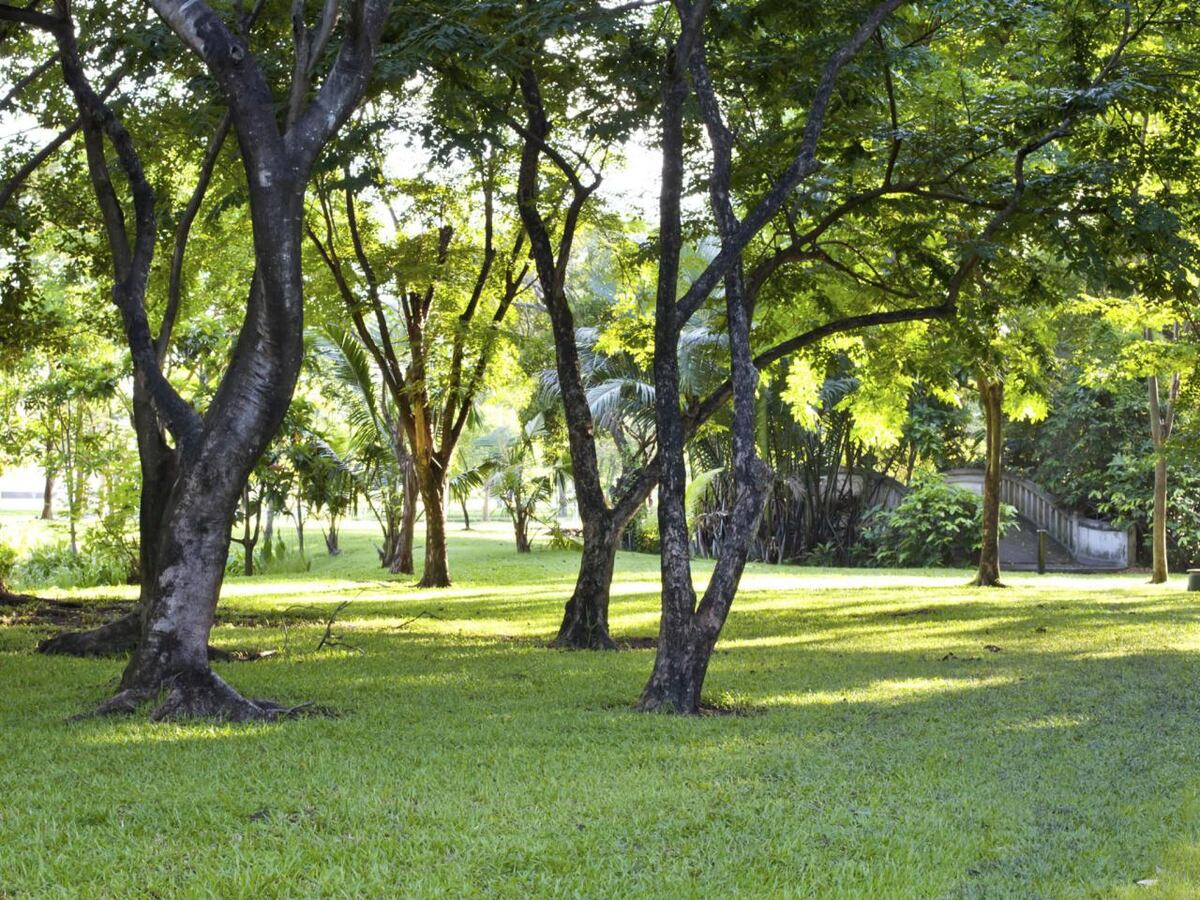
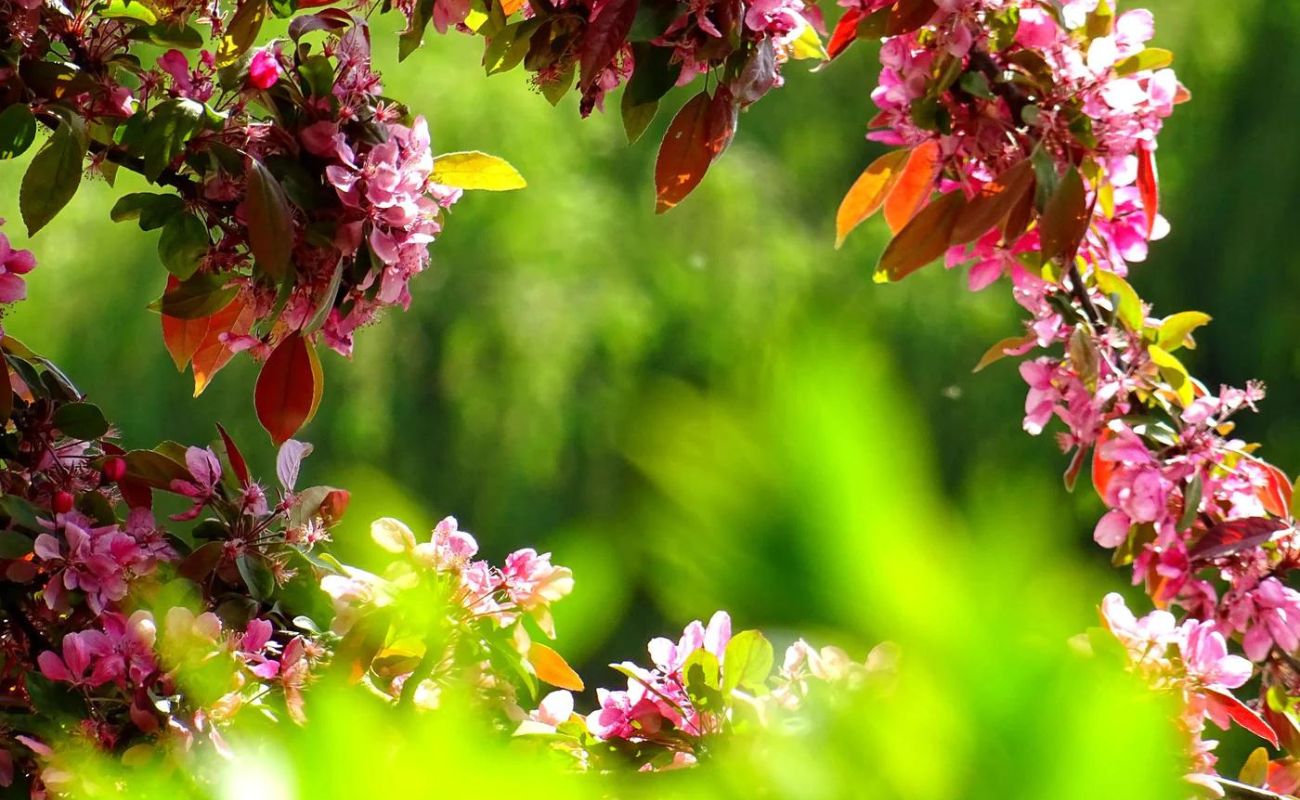
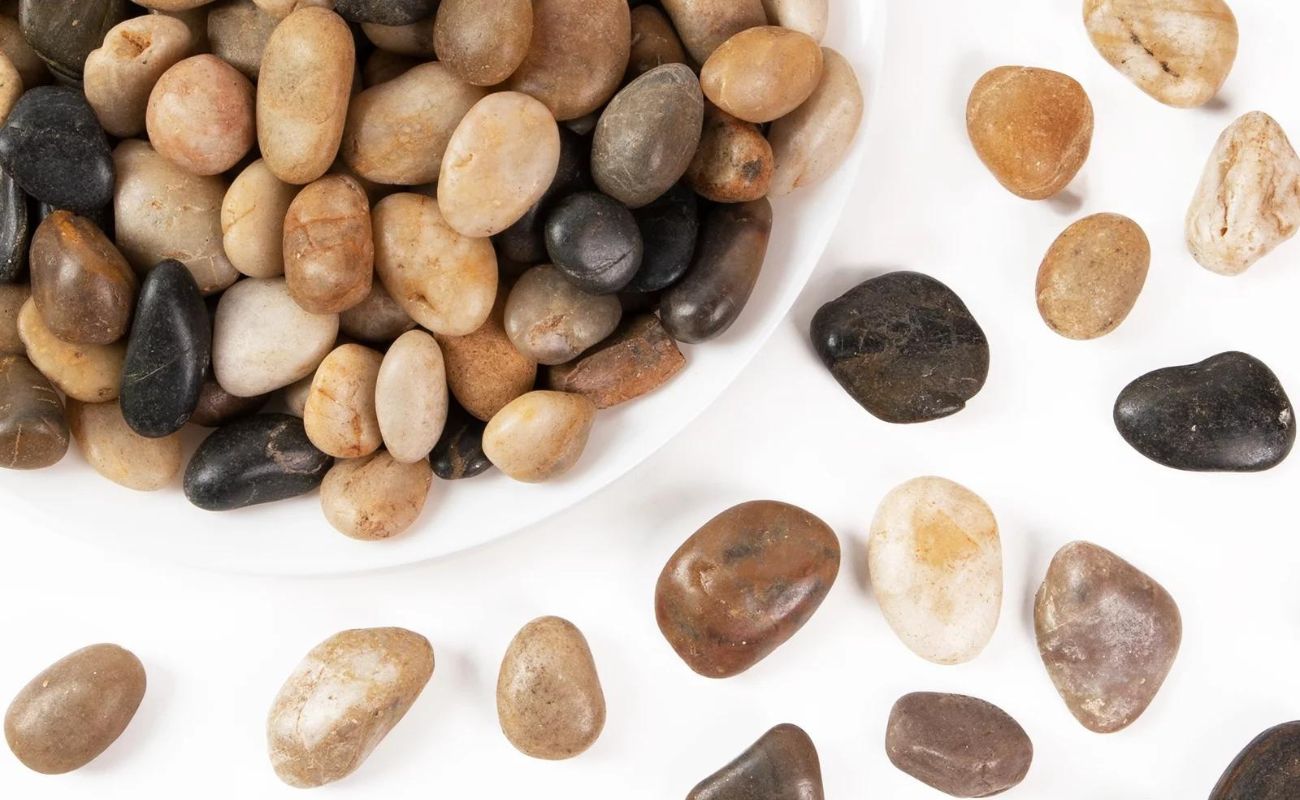
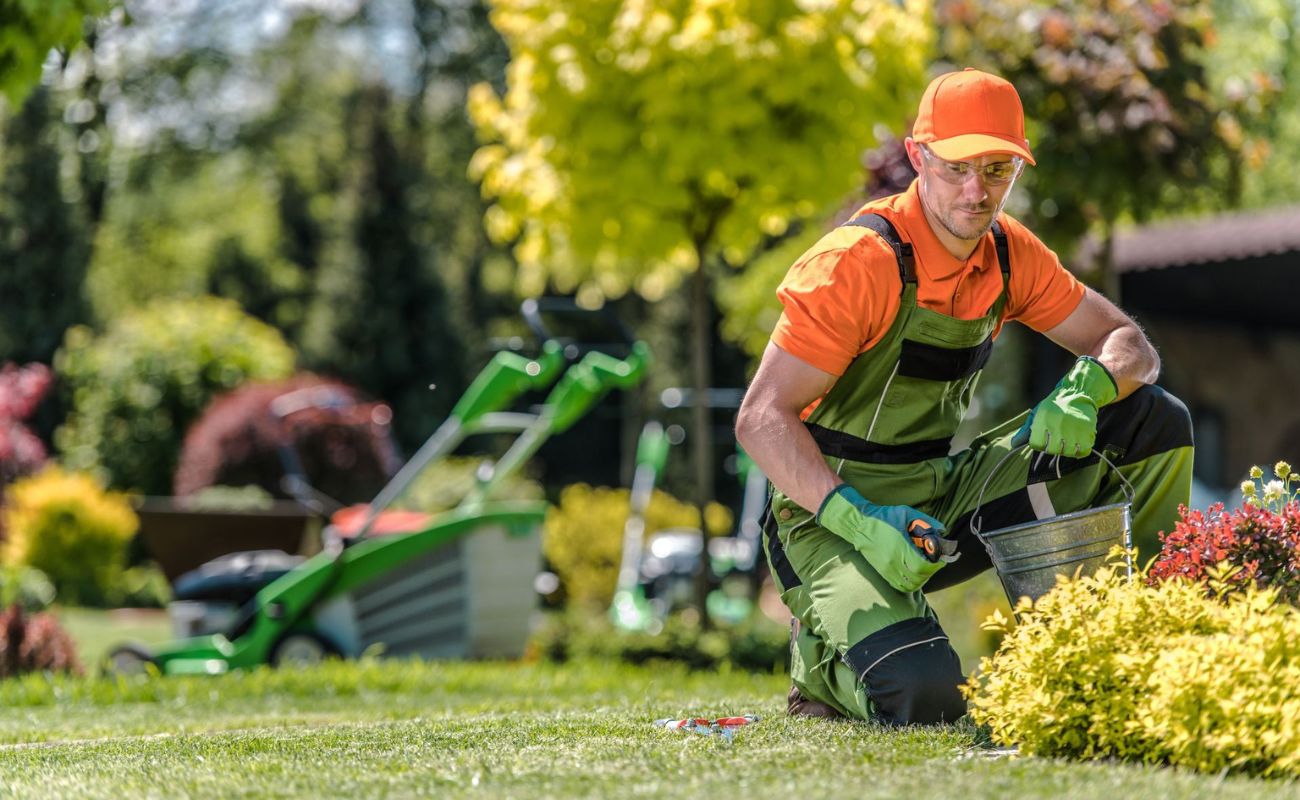
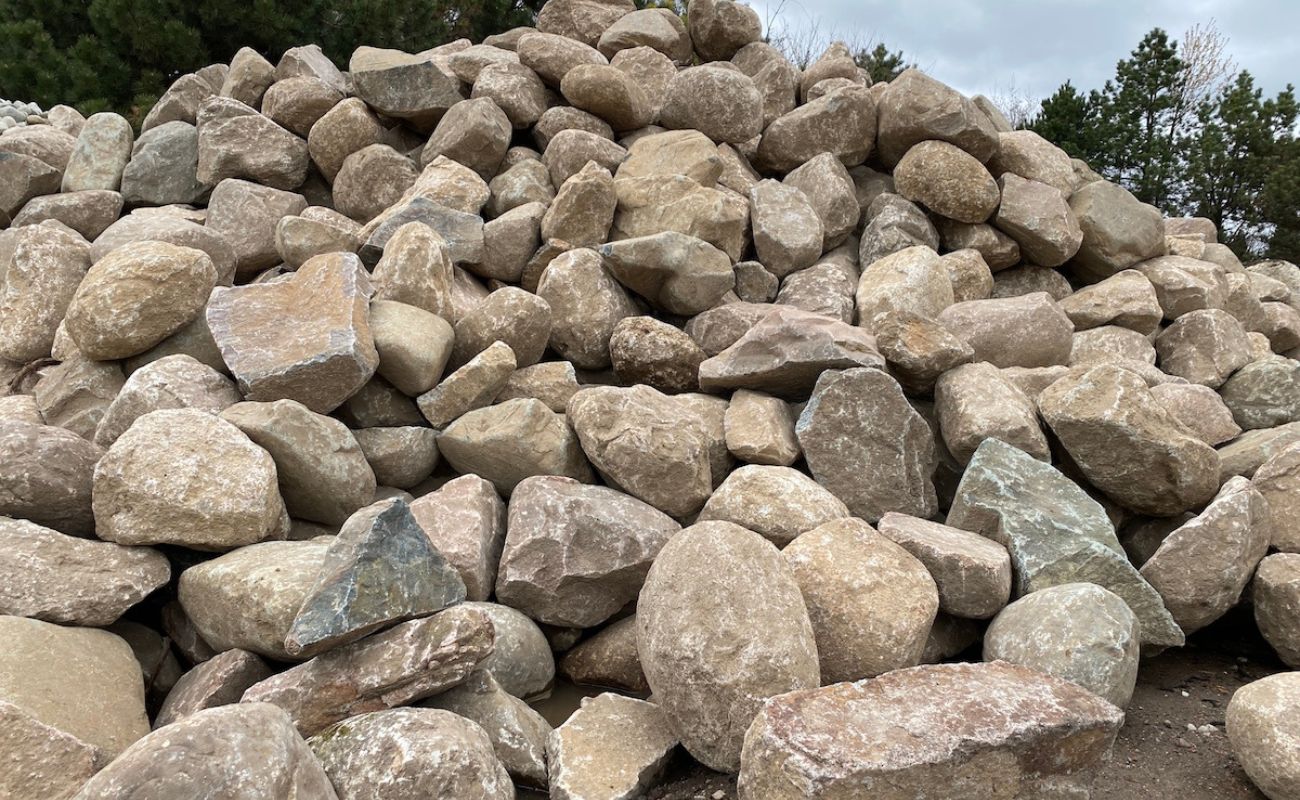
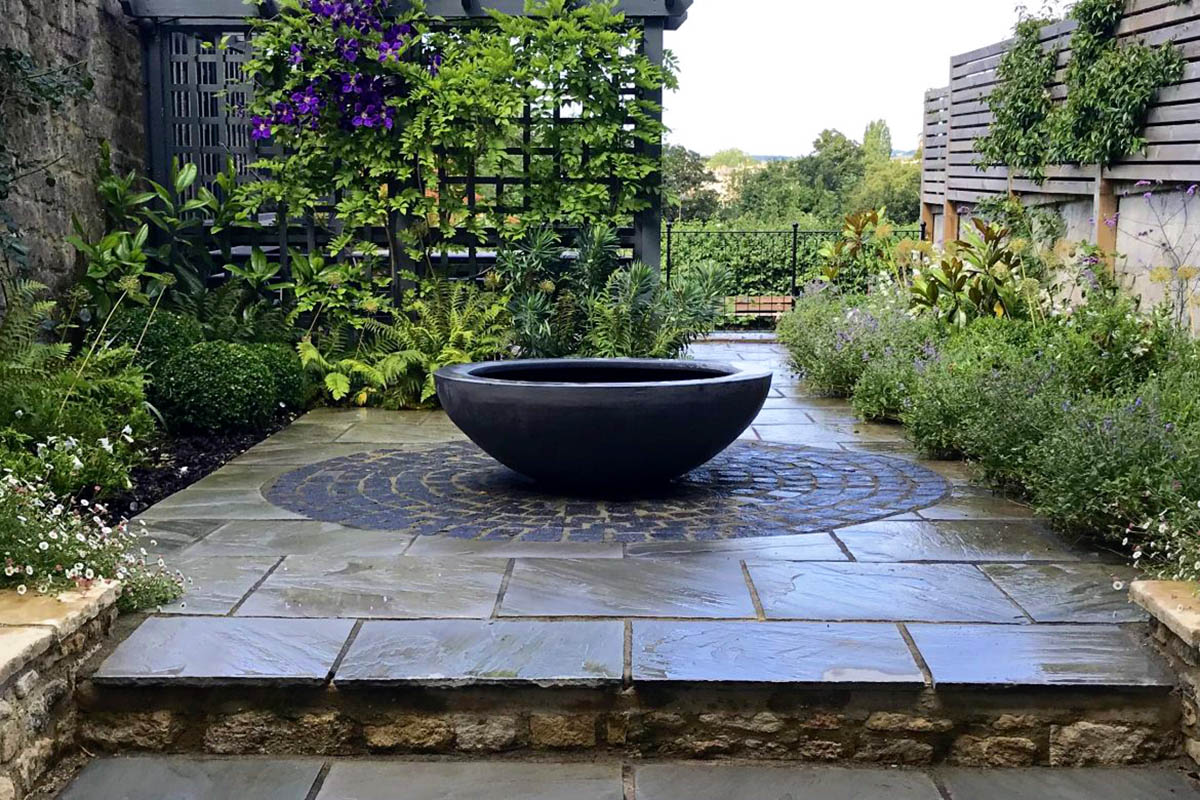
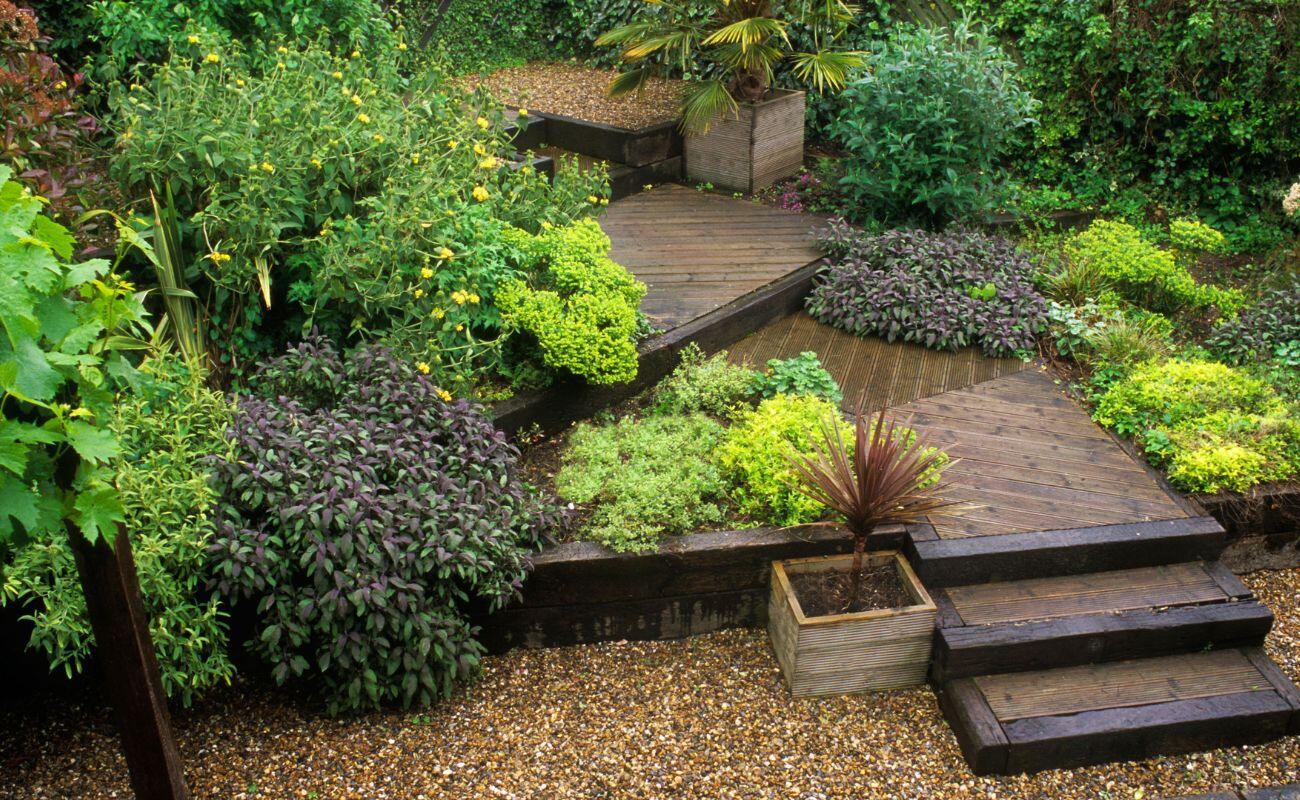


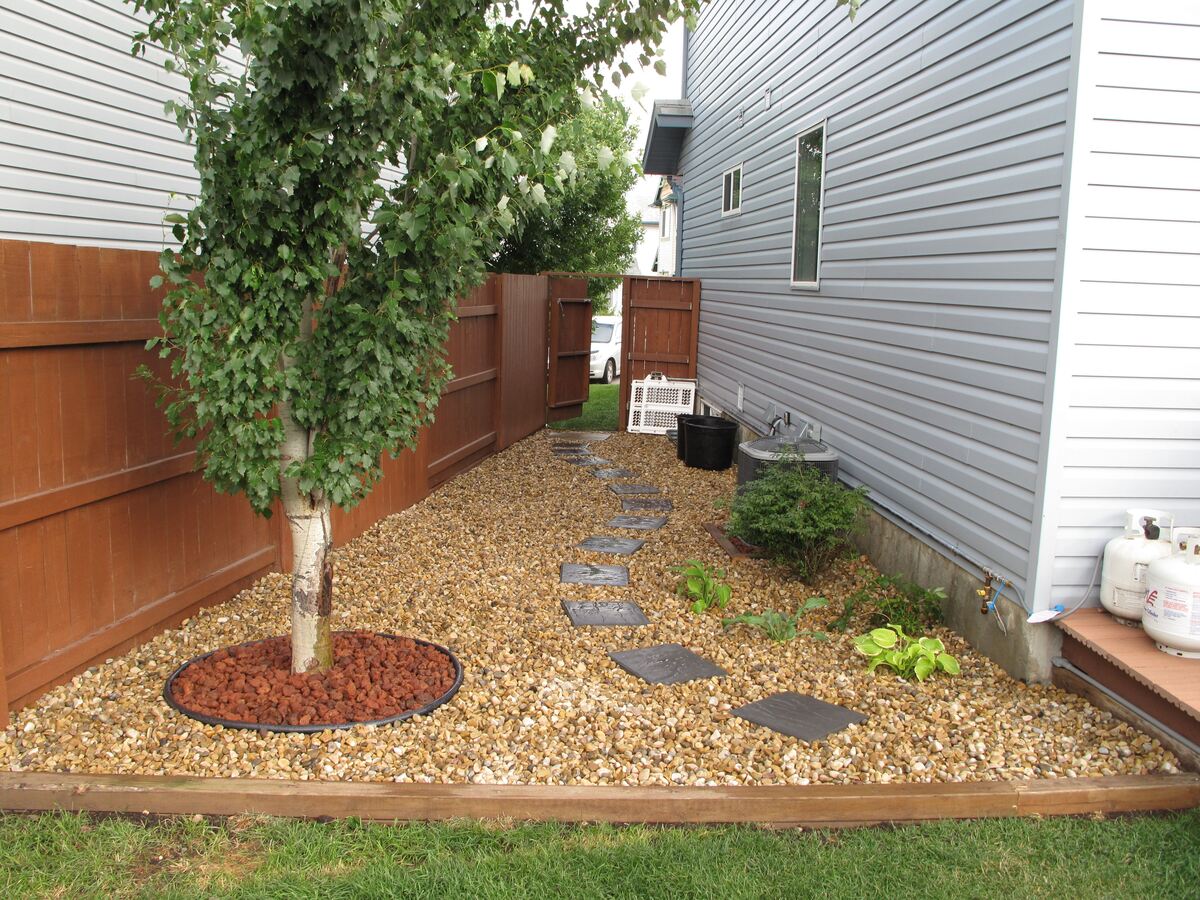
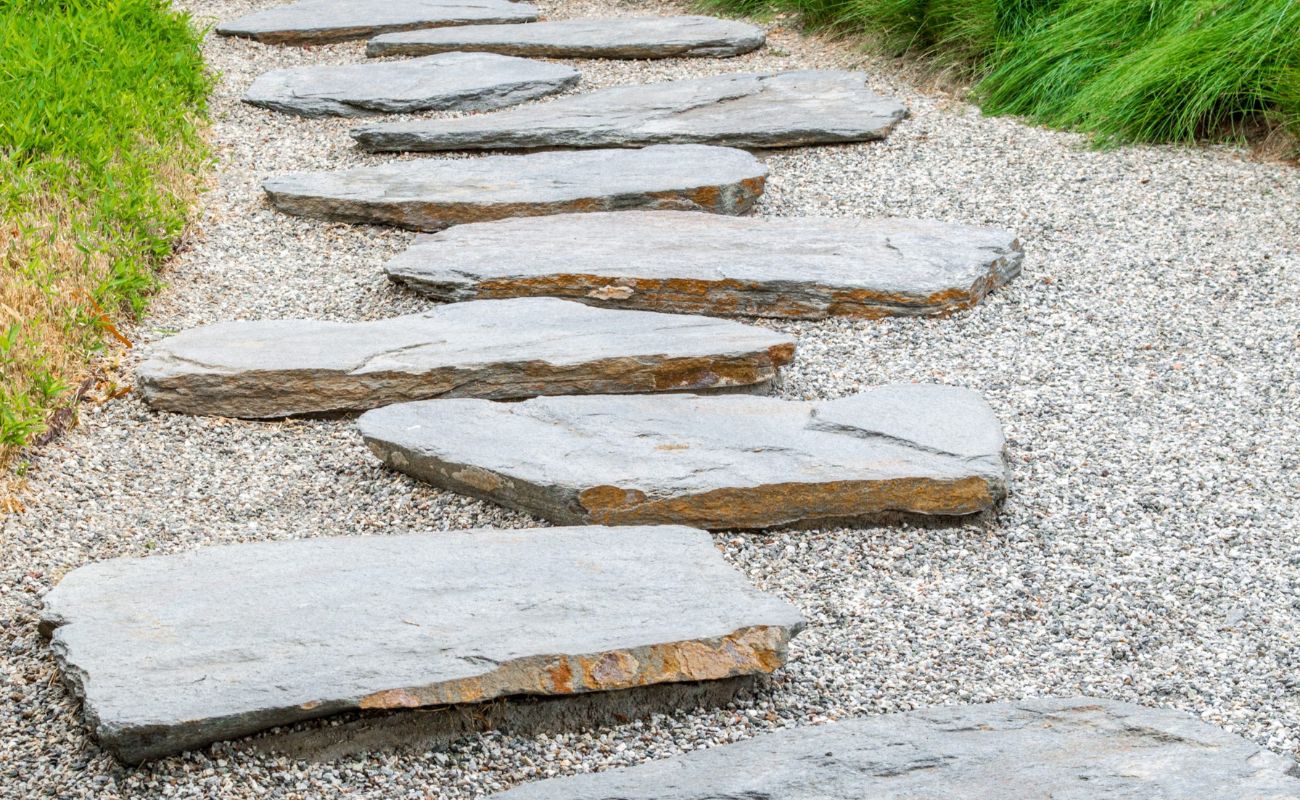
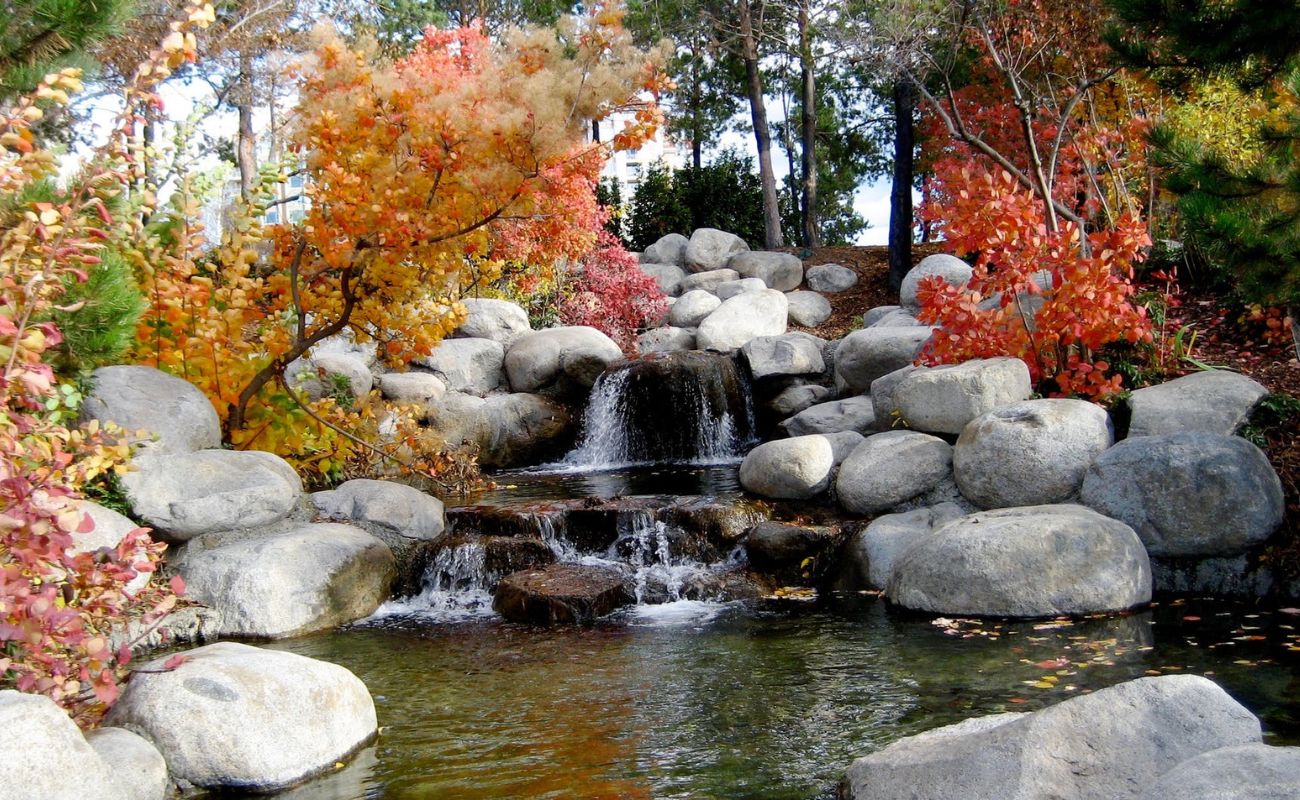
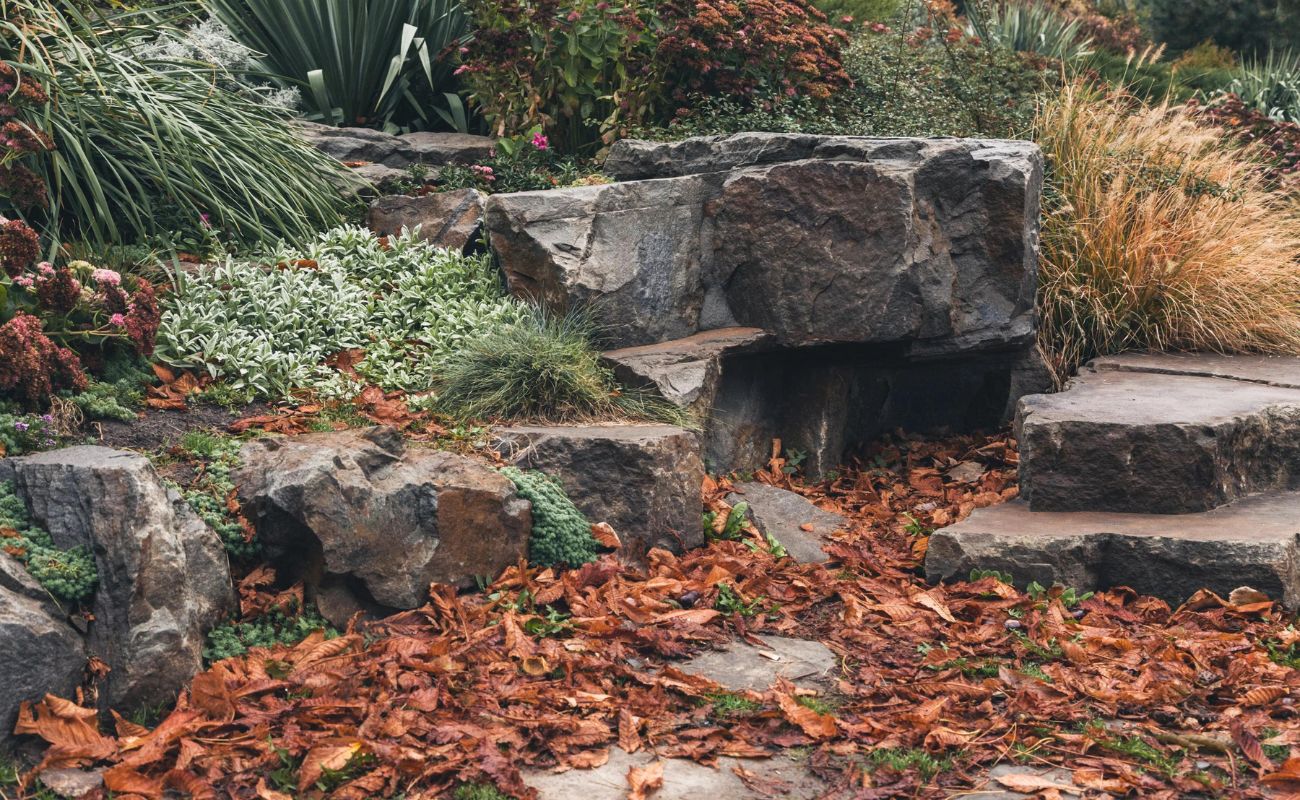

0 thoughts on “Landscaping Ideas For Areas Where Grass Won’t Grow”